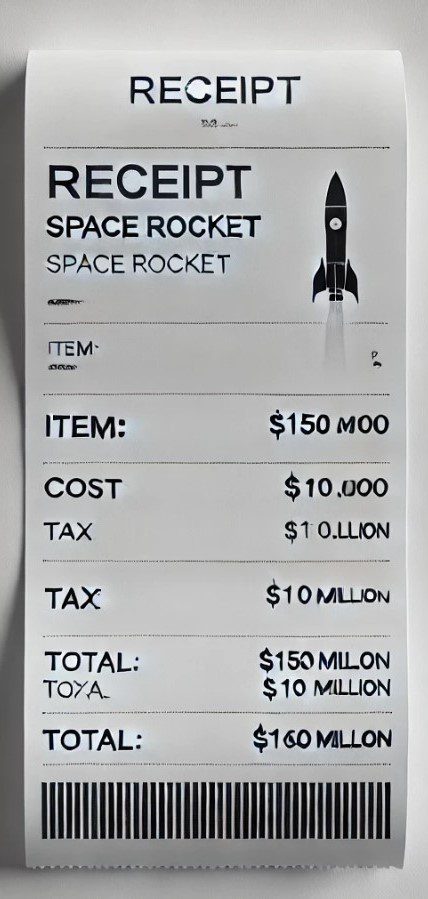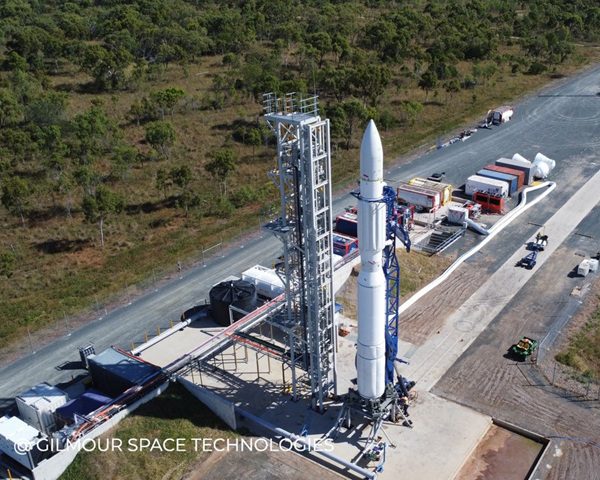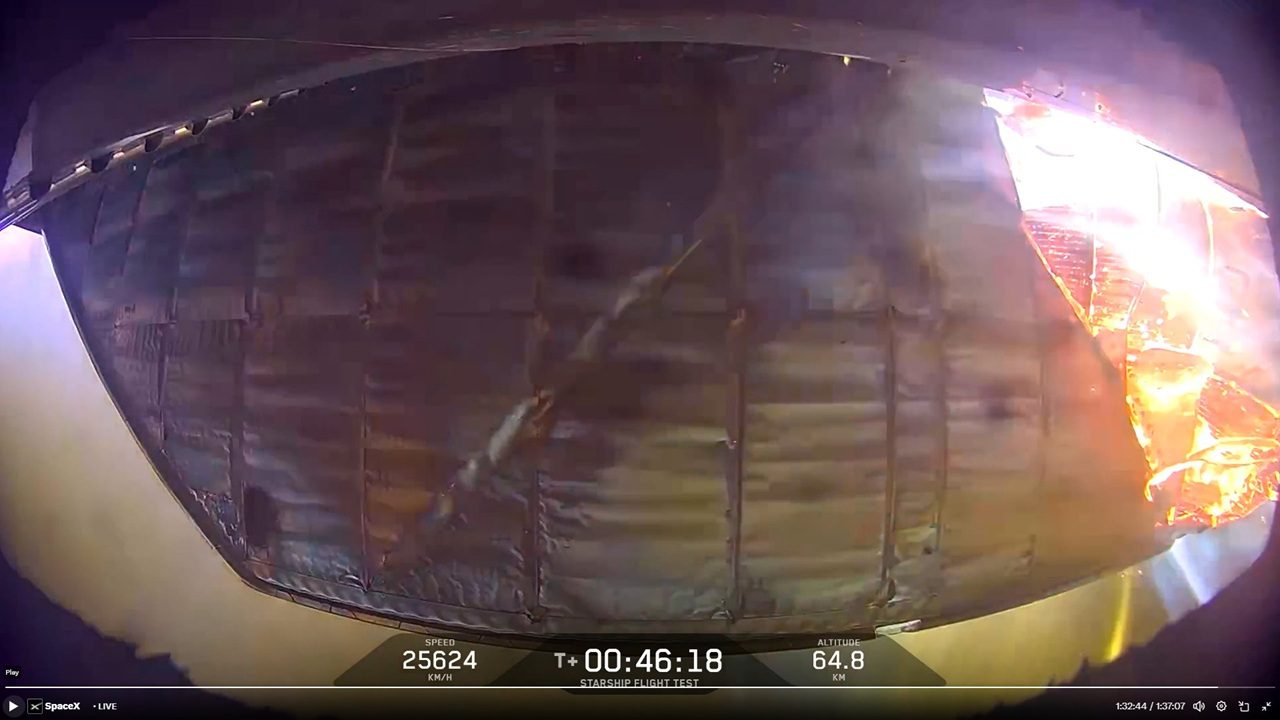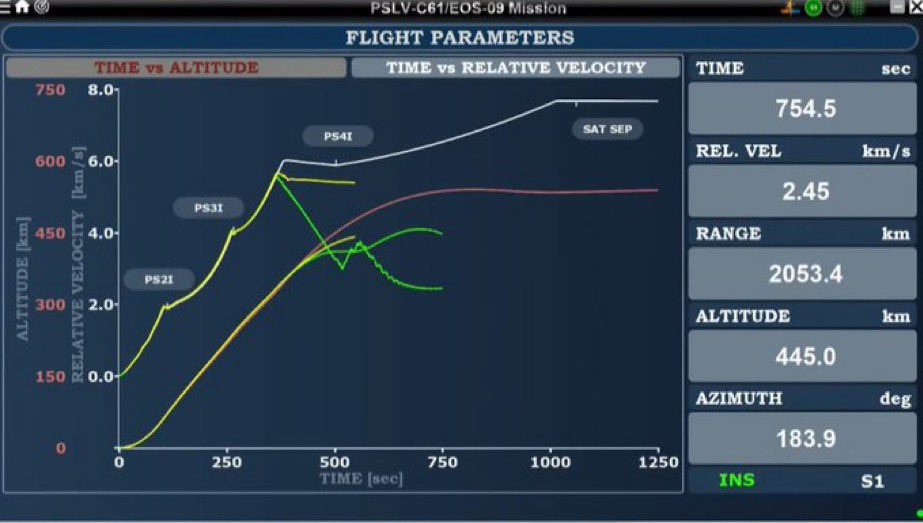Here is Lockheed Martin’s press release, released here at the Paris air show, about an imminent Orion LAS test:
Lockheed Martin announced today that two launch abort system (LAS) motors for NASA’s Orion crew exploration vehicle are now in place at White Sands Missile Range, New Mexico for integration and preparation for the first flight test, known as Pad Abort 1.
Lockheed Martin and NASA have planned a series of ground and flight tests for the launch abort system over the next few years leading up to Orion’s first crewed flight to the International Space Station scheduled for 2015.
As the prime contractor to NASA for the Orion Project, Lockheed Martin is responsible for designing and building this advanced-technology spacecraft that will have more flexible space exploration capability than any previous human space flight vehicle. The launch abort system that sits atop Orion is a complex system designed to activate within milliseconds in the event of an emergency on the launch pad or during initial ascent phase.
“Crew safety is of utmost importance in our vehicle design, so we have devoted considerable thought and effort into the development of this innovative launch abort system,” said Cleon Lacefield, Lockheed Martin vice president and Orion Program manager. “As we prepare for the Preliminary Design Review in August, we continue to enhance the vehicle’s safety and life support system designs to ensure we move forward to build the safest and most reliable spacecraft”.
The launch abort system consists of three motors: the abort motor that fires nearly 500,000 pounds of thrust to pull the crew module up and away from the launch vehicle; the attitude control motor that exerts up to 7,000 pounds of steering force to reorient the vehicle’s position; and the jettison motor that separates the crew module from the launch abort system so that parachutes can be deployed for a safe landing. The jettison motor is the only motor that will be activated on all nominal Orion missions to separate the spacecraft from the launch abort system assembly shortly after second stage activation.
The system is required to provide a launch abort capability from the launch pad after crew module hatch closure through orbital insertion. Several mission abort modes are required to provide abort coverage extending from the launch pad until Orion achieves a sustainable orbit.
The LAS aborts, referred to as Mode I aborts, are the most viable option until the LAS is nominally jettisoned early in second stage. These aborts may be commanded via the ground-based health management system, the on-board Orion Abort Decision Logic, the crew, or ground personnel.
Mode II aborts, or Untargeted Abort Splashdown aborts, do not utilize the LAS. Instead, the crew launch vehicle upper stage engine is shut down and the Orion service module’s reaction control system is used to provide adequate clearance between the launch vehicle and Orion. The crew module then separates from the service module so it can be maneuvered for a guided re-entry, and descends using parachutes to a safe landing location.
Mode III aborts, commonly known as Targeted Abort Landings, are triggered by late second stage failures during which Orion’s trajectory is modified via a targeted service module main engine burn followed by a crew module guided entry to a target landing site.
The last type of abort — Mode IV — is called Abort to Orbit. In this situation, an abort is performed following a premature shutdown of the upper stage when the Orion service module has sufficient capability to achieve a safe orbit insertion and de-orbit burn.
Orbital Sciences Corporation [NYSE: ORB] is responsible for integrating the LAS propulsion stack, which consists of three separate motors. Alliant Techsystems [NYSE: ATK] supplies the LAS’ launch abort and attitude control motors, and Aerojet, a GenCorp company (NYSE: GY), supplies the escape system’s jettison motor.
The Lockheed Martin Orion Project office is based in Houston, Texas, near NASA’s Johnson Space Center. The team includes major subcontractors Aerojet, Hamilton Sundstrand, Honeywell, Orbital Sciences Corporation and United Space Alliance; and a network of 60 minor subcontractors and small businesses in 22 states across the United States.
Lockheed Martin is working closely with NASA to develop the Orion spacecraft, the flagship of the Constellation Program’s plan to return humans to the moon and prepare for future voyages to other destinations in our solar system. The Orion LAS program is managed by NASA’s Langley Research Center with support from Marshall Space Flight Center.







